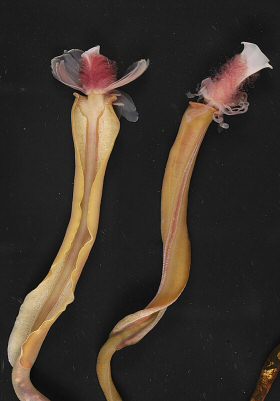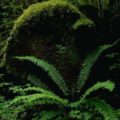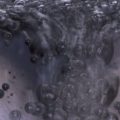
A team of scientists have observed, for the first time, the bizarre deep-sea communities living around cold methane seeps off New Zealand’s east coast. The team, comprised of scientists from the United States and New Zealand, have spent the last two weeks exploring the cold water “chemosynthetic” ecosystems onboard New Zealand’s National Institute of Water and Atmospheric Research’s (NIWA) deepwater research vessel Tangaroa. The team visited eight cold seep sites to the east of New Zealand’s North Island, lying at depths of 750-1,050 m (2,300-3,200 feet).
This expedition was the first to assess the biodiversity of the animal communities living at New Zealand’s cold seeps. “The seeps off New Zealand are remarkable in the sheer extent of their chemosynthetic communities,” said researcher Dr Amy Baco-Taylor.
Using a towed video and still camera system to identify seep organisms, the scientists captured footage of 30-40 cm (12-16 inch) long tube worms emerging from beneath limestone boulders and slabs lying at the core of the seeps. Around the rocks were patches of blackened sediment and pockets of white bacterial mats. Most sites also had extensive shell beds consisting of live and dead shells of various types of clams and mussels. These were fringed with stands of another type of deep-sea tube worm that is also gutless and relies on symbiotic bacteria for its nutrition. “We’ve collected samples of the animals living around the seeps for formal identification [and] there are several species new to science,” said co-researcher Dr Ashley Rowden.
The researchers suggest that cold seeps are very abundant along New Zealand’s eastern continental margin. However, this expedition also revealed the extent to which these communities may face serious threats from human activities. At all of the seep sites examined, there was evidence of fishing damage in the form of trawl marks, lost fishing gear, and areas of deep-sea coral rubble.
More from the seeps…
www.niwascience.co.nz
Other exotic lifeforms…
Exotic Underground Bacteria Thrive On Radiation Rather Than Sunlight
Volcanic Clay May Have Served As Womb For Emergent Life








Comments are closed.